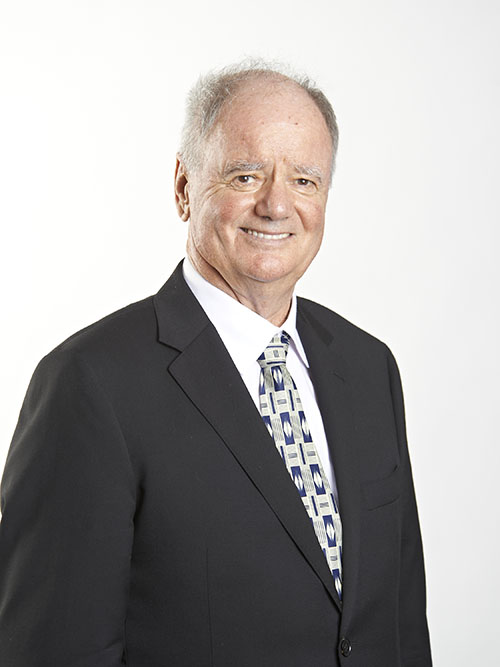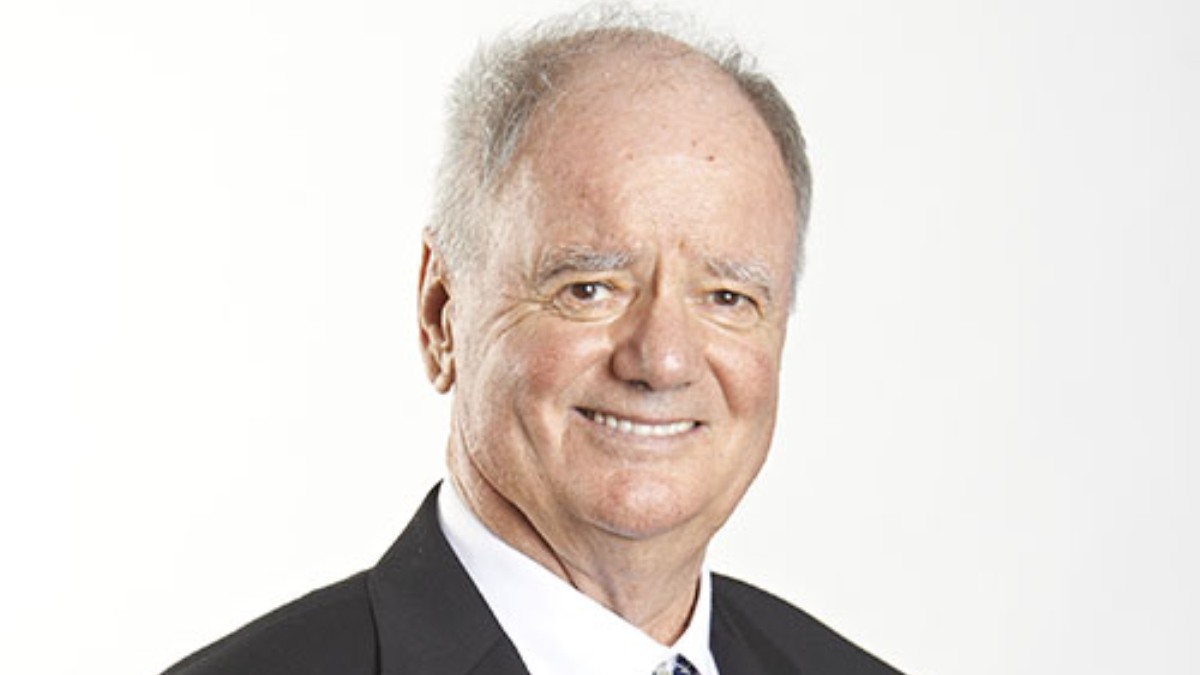Waikato Regional Council news
Helping Waikato people retrofit their homes so they’re healthy is the only new programme of work Waikato Regional Council will seek public feedback on.
The 10-year budget – approved in late January after three days of talks – otherwise sticks to business as usual, with a proposed increase to biodiversity spending, boost in funding to Te Waka economic development agency, and more money to expand the Waikato to Auckland passenger rail service.
The year 1 budget proposes a rates increase to existing ratepayers of 7.3 per cent. Of that, an estimated 2 per cent of the increase is due to the extra work Waikato Regional Council must do to meet the new Essential Freshwater requirements announced by the Government last year.
For 77 per cent of Waikato Regional Council ratepayers, the overall rates rise will be less than $1 a week.

councillors had to make some tough calls to keep rates
affordable, but it “hasn’t stopped us from innovation”.
“There are some things this council simply must do and staff have been savvy about their work programmes, scaling them to focus on what’s really going to make a difference to the region,” Cr Rimmington said.
“But the sustainable homes scheme is a massive shift from anything we’ve done before and, if it gets public support, could have a huge impact on the wellbeing of people in the Waikato,” Cr Rimmington said.
“We’ve got a housing crisis and retrofitting homes will make them a healthy and efficient place to live. That’s what’s driving us to explore partnership opportunities to implement such a scheme,” he said.
Councillors directed staff to spend $50,000 from the prior year operating surplus to develop a sustainable homes programme as part of the council’s commitment to climate and economic resilience. The investigation would include considering the opportunity to work with partners on the establishment and operation of the scheme. If the scheme were to be introduced, the council could obtain debt at a low interest rate to on-lend to ratepayers. A report to council said while it’s anticipated such a scheme would be cost-neutral, there may be the need to subsidise the operational costs over the short term.
Councillors also responded to an impassioned plea to support an organisation looking after the wellbeing of farmers in the Waikato region. On the casting vote of the chair, it was agreed $50,000 per annum for three years would go to the Rural Support Trust from the council’s prior year surplus.
Chief Executive Chris McLay told councillors staff work closely with the trust due to their regular face-to-face contact with farmers. “They have provided us with valuable advice and training for recognising signs when rural people might need assistance and how best to interact with the trust to support their endeavours.”
Cr Rimmington said councillors supported the work the trust does for rural people and farming families, especially when things can get a bit much.
On the meeting’s final day, councillors also asked that $250,000 be set aside from the prior year surplus to progress a koi carp management strategy this year.
Submissions on the 2021-2031 Draft Long Term Plan – known as an LTP for short – will open for a month from Thursday, 1 April, with the plan to be confirmed by the council in June following hearings and deliberations being held in May.
Year 2 of the plan proposes an average rates increase to current ratepayers of 8.5 per cent. The following year, in 2023/24, the average rates increase is projected to be 2.4 per cent. These figures include inflation.
The following are some of the key topics within the budget that the council will seek feedback on:
- Protecting our biodiversity
While the council has been working hard with communities to protect the region’s unique plants and animals, the anticipated gains are not being seen. In some areas, more is being lost than gained. The council doesn’t want this to be the case and is proposing a substantive change to the way it works – for example, using different monitoring and operational techniques so it has better information and improved outcomes. This will enable the council to better meet the expectations of government, but will cost more. However, due to other priorities the work is planned to start in year 2 of the long term plan.
- Lake Taupō Protection Trust
The trust was set up in February 2007 to administer the $81.5 million fund to protect Lake Taupō’s excellent water quality which is under threat from the effects of past and current land use activities. The trust has used the funds to encourage and help with land use change, purchase nitrogen in the catchment and fund any other initiatives that assist landowners to reduce the nitrogen impact of their activities on Lake Taupō. The trust is due to be wound up in June 2021, so decisions need to be made about future governance and management arrangements.
- Regional economic development
Te Waka economic development agency has been receiving funding of $300,000 per annum funded through the general rate. It’s proposed this amount would increase to up to $750,000 per annum for three years, funded from investment fund returns, with a consequential reduction in the funding available for the Regional Development Fund. The increase would be subject to the development of an accountability framework to ensure that agreed outcomes are achieved for the funding provided.

